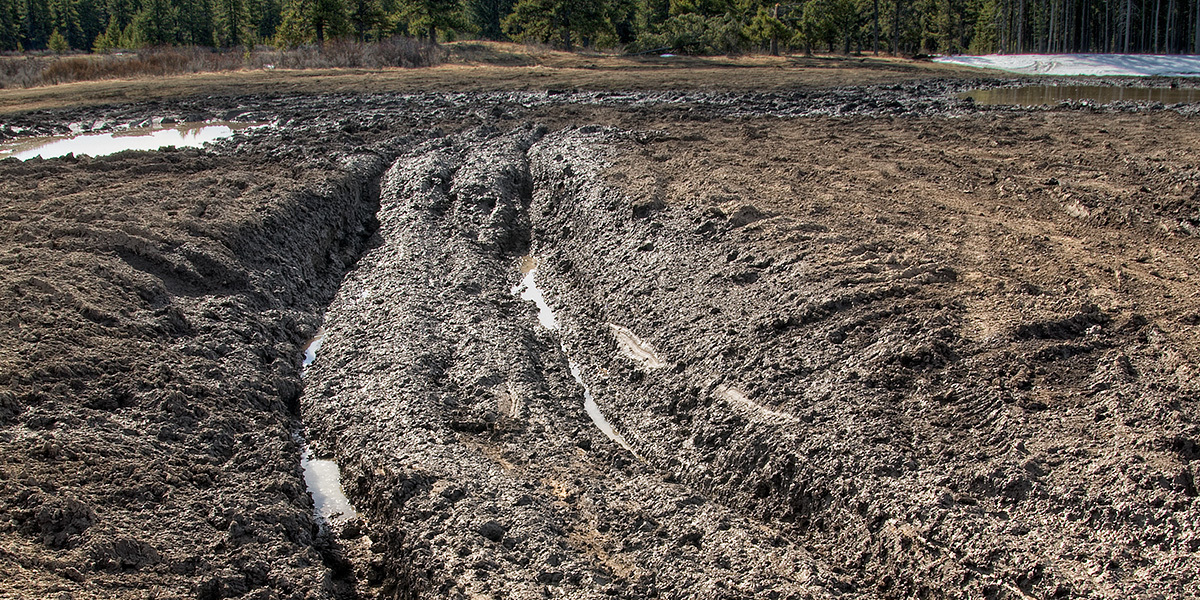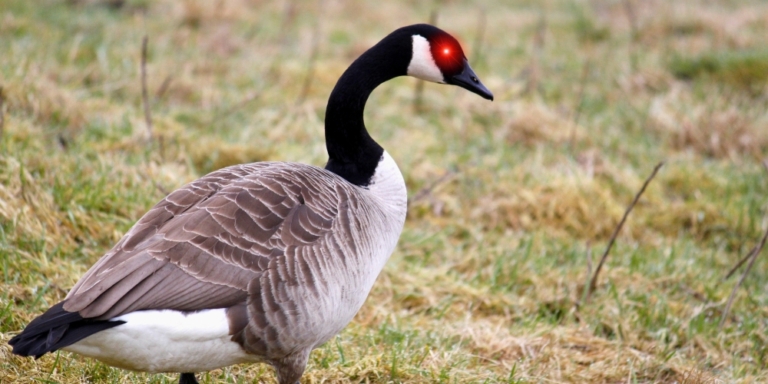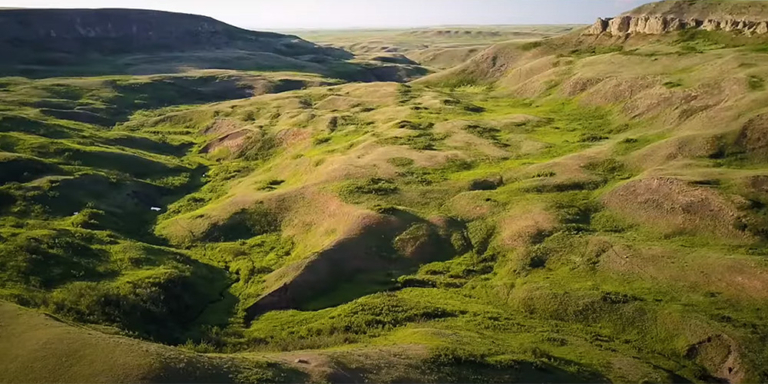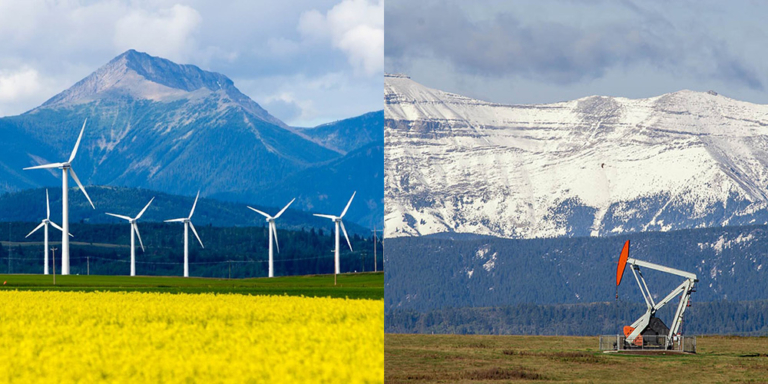Have you noticed big ruts on hiking paths? Seen more muddy lakes and streams that used to be full of clear water?
Well, the Alberta Wilderness Association (AWA) has.
That’s why they are calling for tighter regulations and restrictions on off-highway vehicle (OHV) usage in the Bighorn Backcountry near Banff and Jasper National Parks.
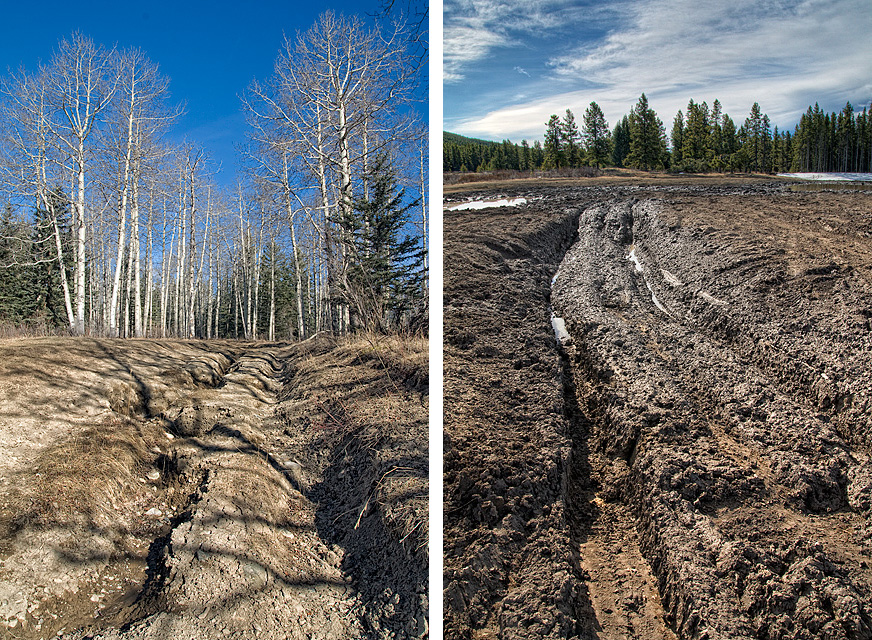
The AWA released a new report on July 31, based on 15 years of field monitoring, which found that current management strategies for the region are insufficient to combat the growing number of illegal OHV activities.
The report detailed a significant increase in trail damage and the deterioration of water bodies near OHV trails.
In February of this year, the Alberta government committed to a four-year program funding motorized recreation trails.
The funding, amounting to $8 million by 2026, will be given to the Alberta Off-Highway Vehicle Association (AOHVA) and the Alberta Snowmobile Association for maintaining and expanding their trail networks.
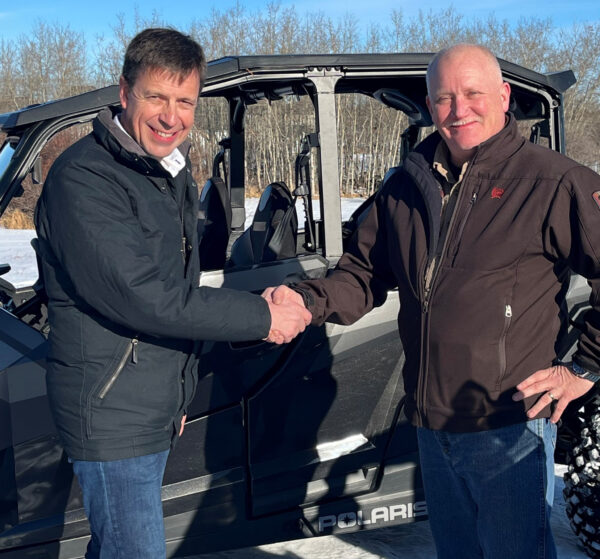
This initiative was seen as a welcome move by OHV enthusiasts. It was touted as a way to improve and maintain trails to reduce environmental degradation and improve trail safety.
That may be true, but environmental groups are concerned that expanding trails will bring more users into ecologically sensitive areas, negatively impacting biodiversity.
“The improvement and expansion of off-highway vehicle trails is in direct contrast to maintaining biodiversity and maintaining water quality on virtually all public lands where that activity occurs,” Lorne Fitch, a retired fish and wildlife biologist and past adjunct professor at the University of Calgary, told CBC News.
“We have, at our disposal, strong, robust science to guide us on the question of OHV use—where, when, and how much. Unfortunately, this announcement turns its back on the science,” Lorne Fitch told The Rockies Life.
AWA’s report found that the increased use of OHVs in the Bighorn Backcountry has led to widespread trail damage and decreased water quality in the North Saskatchewan River.
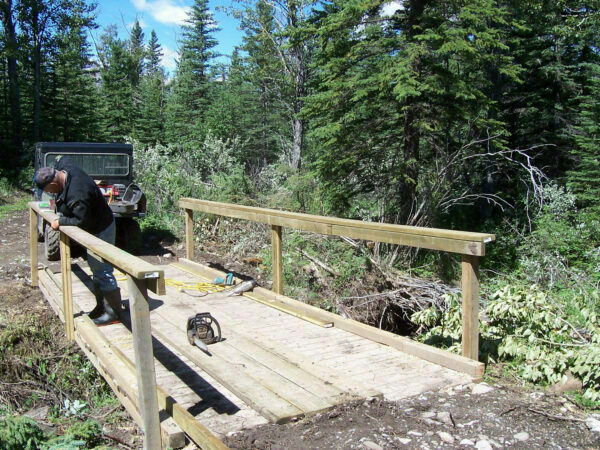
The AWA documented 46 instances in 2017 where a trail crossed a stream or other water body; but only a little over one in ten had proper crossing structures.
Alberta Off-Highway Vehicle Association (AOHVA) president Garett Schmidt told CBC News, “Building bridges over creeks should also improve the vehicles’ environmental impact by keeping them out of the water.”
But Lorne Fitch told The Rockies Life, “There is no evidence, from the limited amount of previous OHV trail work, that these “solutions” actually work. No monitoring has been done to indicate these “fixes” limit erosion, stop users from fording streams rather than using bridges, or deal with the sheer amount of traffic that fragments wildlife habitat and limits wildlife use.”
The Bighorn Backcountry is known for its rich biodiversity and water supply; nearly 90 percent of the North Saskatchewan River’s flow originates from this region.
Despite its ecological importance, the area has been under pressure due to higher usage, especially from random camping and OHV use.

The Bighorn area has been slated for protection by the provincial government two times, once in 1986 and again in 2019. However, these designations were never enacted.
In 2019, pressure from off-highway vehicle groups forced the newly elected UCP government to scrap the former NDP government’s plan for a provincial park in the area.
Meanwhile, Alberta’s decision to fund OHV trail maintenance has raised environmental concerns. Critics argue that the expansion of OHV trails threatens biodiversity and water quality and could put native species at risk.
They also believe the investment in motorized trails is disproportionate, given the environmental impact and the smaller number of OHV users compared to other outdoor enthusiasts such as hikers and campers.
“Any government with a mandate for environmental stewardship that writes a cheque to a small segment of recreational uses in spite of the evidence of existing harm Is not working in the broader public interest”, Lorne Fitch told The Rockies Life.
Despite the environmental concerns AWA and other environmentalists have raised, the Alberta government says it is committed to protecting the Bighorn Backcountry. They say conservation officers patrol the area to enforce regulations and ensure safety and sustainable recreation opportunities for all users.
So far, that’s been more talk than action.


